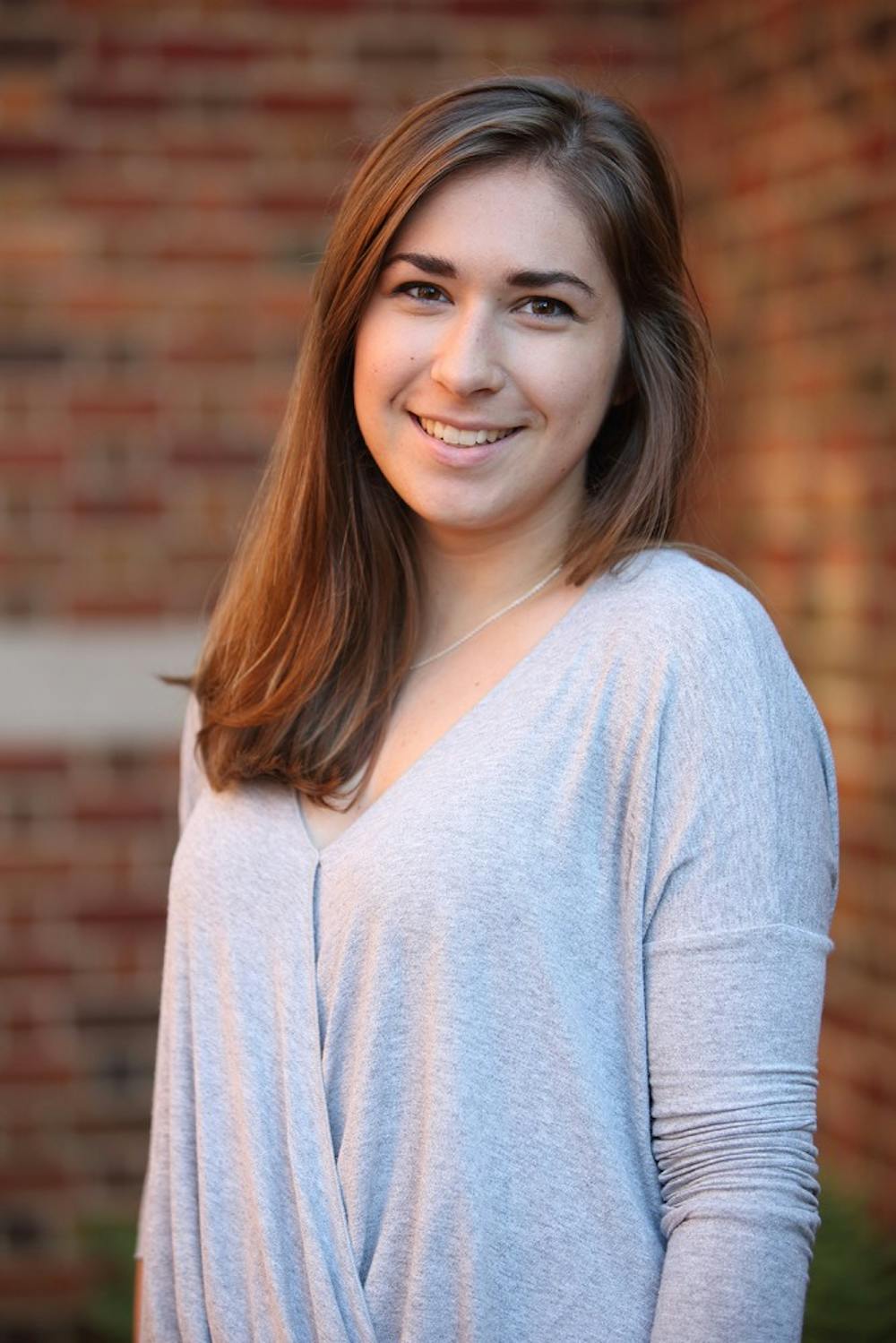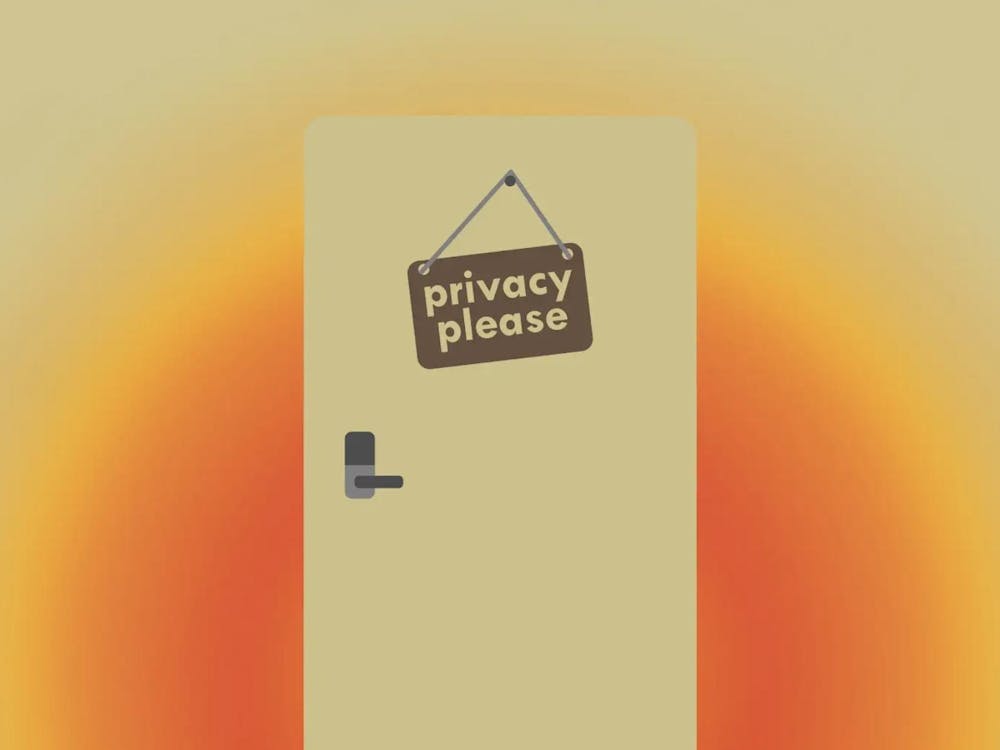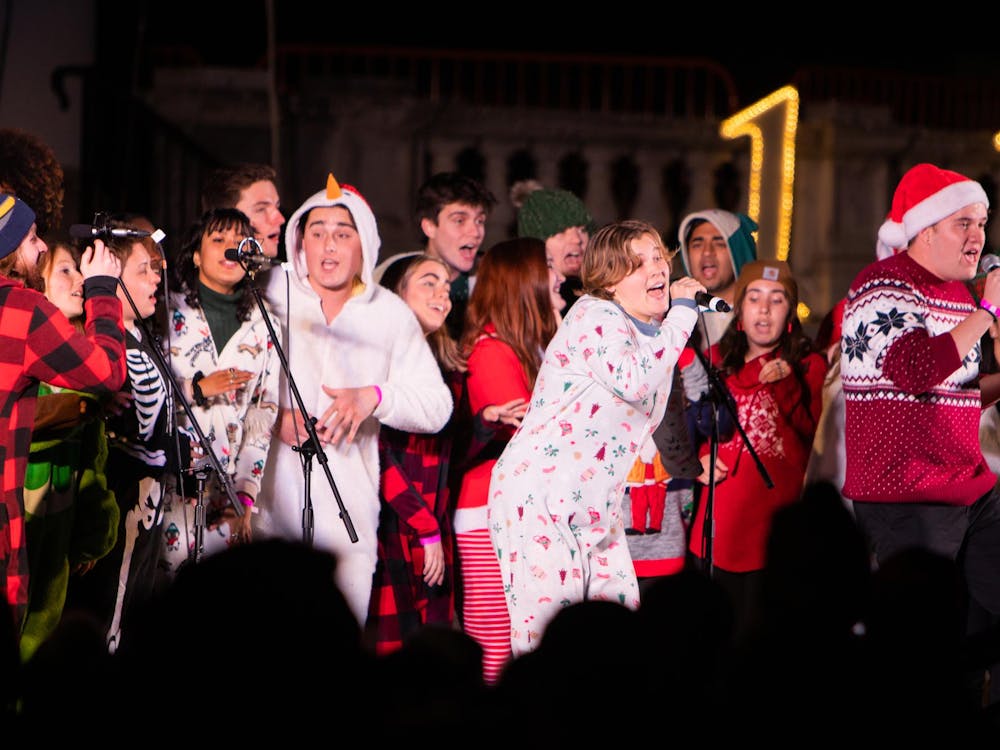I made my first mix tape when I was in the sixth grade. It was born of a moment of music elitism, after I had discovered my dad’s collection of vinyl and the turntable he got for Christmas that could convert analog records into MP3s. I gave it to my best friend, having decided that he needed a lesson in what my 11-year-old self considered “the classics.” At the time, this included but was not limited to “Carry on Wayward Son,” “Burnin’ for You” and some selections from Foreigner and Boston’s greatest hits albums.
While my taste has refined and changed over the years, I can’t help but chuckle at the period when the soundtrack of my life was dominated by 80’s stadium rock. Indeed, I look back on that first, slightly misguided mix tape fondly. It was my first experience explicitly sharing music with someone, giving those songs a social subtext.
It’s not unusual to experience music in social situations: something with a thumping bass is playing in the background of a party, a friend in the driver’s seat hands you the aux chord when you’re riding shotgun, you attend a concert downtown with a group of friends. My most valuable relationships are with those for whom a standard “hello” comes second to “I need to play you this song I just heard.” Why is it then, that a request to see someone’s Spotify catalog or scroll through the playlists on their phone can feel incredibly intimate?
Sometimes, our song choices are not meant to be shared. The simple act of putting on a pair of headphones can completely change the character of music, from public to private. No one needs to know that I am listening to a carefully curated selection of songs from all seven of the Harry Potter movies when I am writing a paper in the Journals, or that I’ve had an admittedly strange Jackie Wilson and Belle and Sebastian on heavy rotation each time I have walked to class for the past two weeks. I’ll never have to explain why I have playlists that span decades and genres, or why I’ve titled them “Montage” or “Granola.”
When you’re plugged into your own private, musical world, it’s easy to forget that many of our favorite music streaming services have social media features built in. I’ve had the “friend activity” feed on Spotify minimized for months now, but I recently rediscovered that not only have my musical selections been broadcast to all of my dozen followers, but you can look up just about anyone by name and peek into their library.
After I had gotten over the initial horror at the fact that everyone probably knows that “Trashin’ The Camp” from the Tarzan soundtrack is my go-to pregame song, the morbid curiosity set it. What gems were hidden on my friends’ profiles? What about those acquaintances that I don’t know well enough to throw a follow, but who I suspect might have excellent taste?
The merging of music and social media brings back a lot of what I loved about the art of making a mixtape. When I follow and listen to a friend’s playlist, I still get to learn about new artists and experience the ways in which other people think that songs mesh together, or with different moods.
Nothing beats the feeling of having someone fall in love with a song that you recommended. I still remember how thrilled I was to hear my friend humming “More Than a Feeling” the next morning in math class. Though this modern equivalent of the mixtape is not quite the same as burning a CD, labeling it with sharpie as “Kristin’s Mix” and handing it to a friend in homeroom, it still manages to make music feel social in a special way. The increased ease of sharing music is definitely worth the risk that someone might discover that guilty pleasure playlist we’re all hiding somewhere. What else are “private sessions” for?





